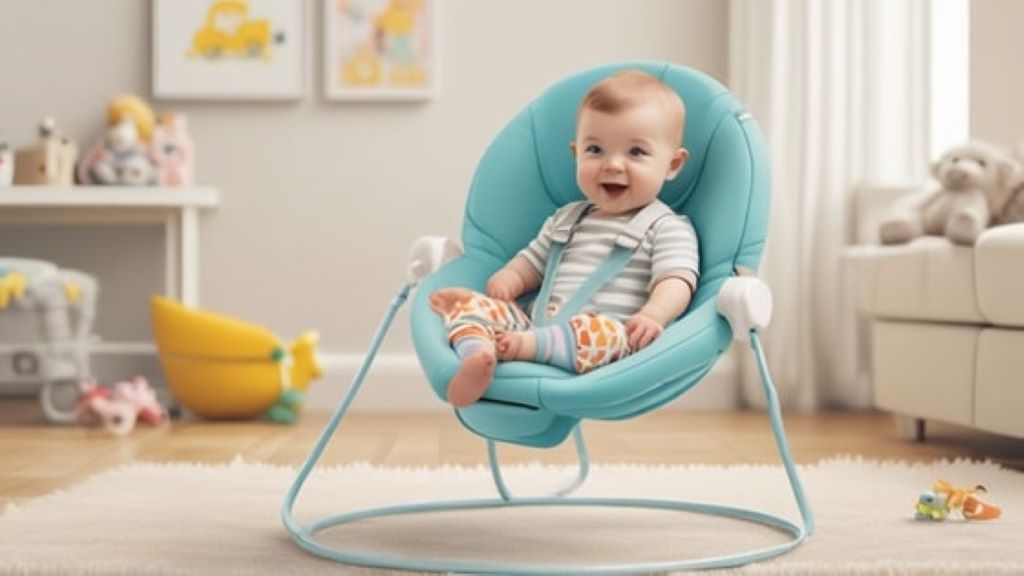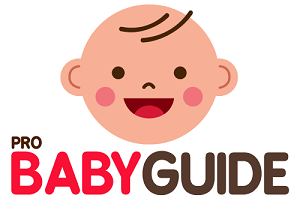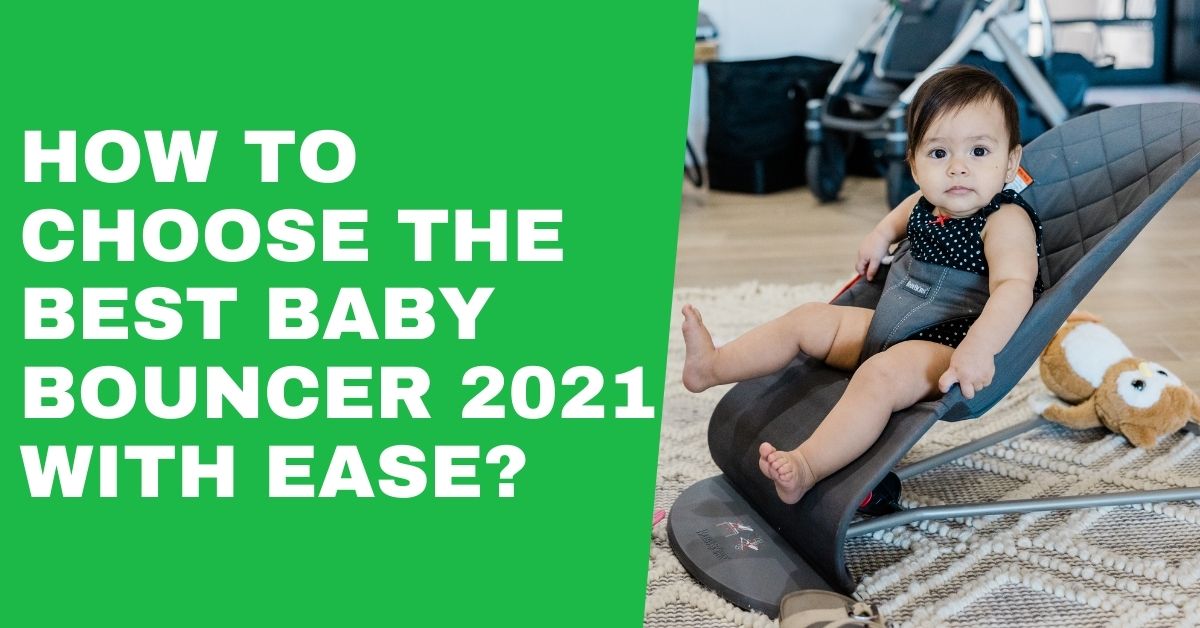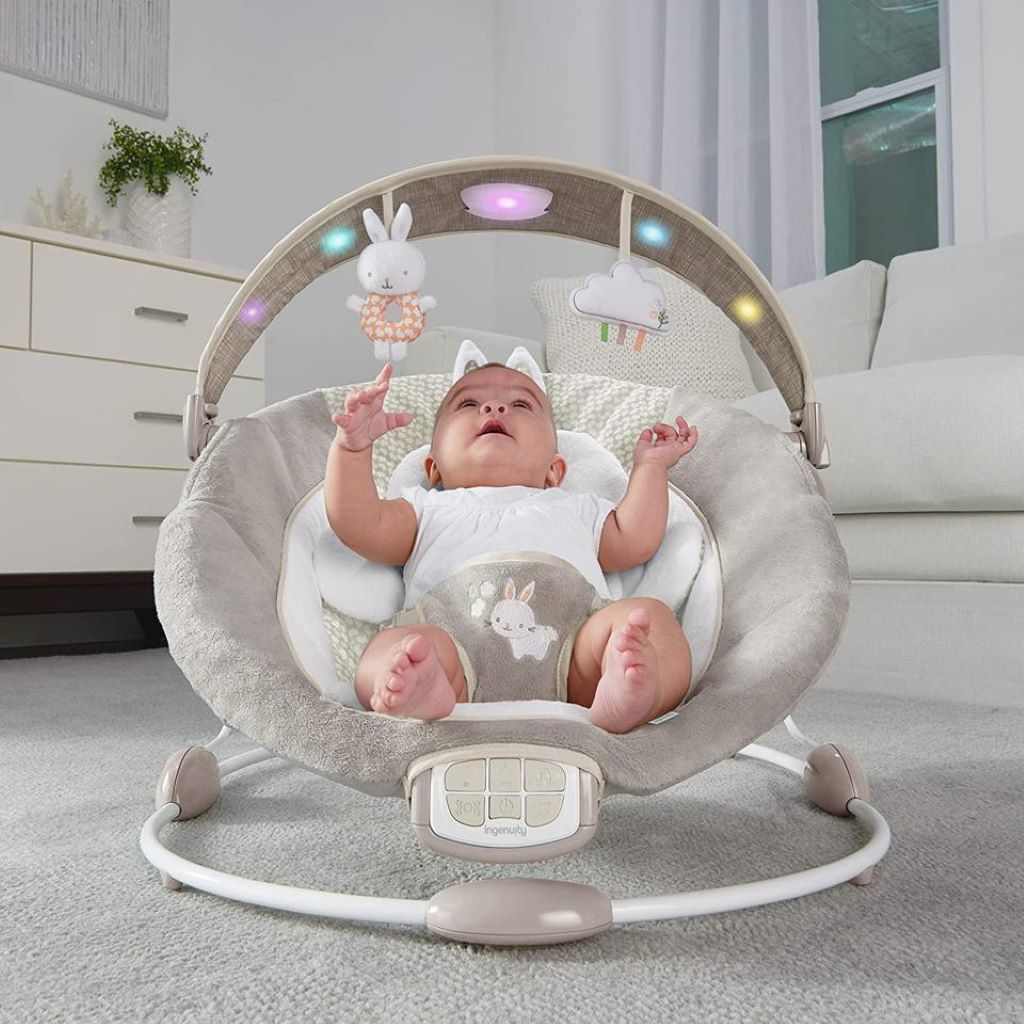At what age can babies start using bouncers and jumpers?
Babies can start using bouncers and jumpers when they have developed sufficient head and neck control, typically around 4-6 months old. What age for baby bouncers and jumpers? It’s important to always follow the manufacturer’s guidelines for age and weight recommendations to ensure the baby’s safety and proper development.
Key Highlights
- Baby bouncers and jumpers give babies a safe place to play. They help improve coordination too.
- It is very important to pick the right type and use it correctly for your baby’s safety and development.
- You can start using bouncers when your baby shows good head control, usually around 3-4 months of age.
- Jumpers are okay to use when babies can hold their heads up well and like to bounce, mostly around 6 months old.
- Always keep your baby’s safety first. Follow the manufacturer’s instructions and weight limits closely.
Introduction
Bringing home a new baby is an exciting time. You will also need to learn about baby gear. Baby bouncers and jumpers are usually the top choices. These fun devices give your baby a safe place to play and explore. They also allow you to have some important hands-free moments. It’s important to know the right age to start using them. This helps your baby enjoy all the benefits and stay safe by following proper safety standards.
The Essentials of Baby Bouncers and Jumpers

Baby bouncers and jumpers are fun toys for infants. They entertain babies but each one does this in its own way and for different reasons. Both offer a safe spot for babies to play. However, they are designed for different stages of development. It’s important to choose the right type for your baby’s age and use it safely. This helps keep your baby safe and healthy. Remember, these toys should not take the place of important activities like floor time or tummy time. These activities are essential for building muscle strength and motor skills.
Defining Baby Bouncers and Jumpers
- Let’s talk about the differences between these two baby products.
- Baby Bouncers: These have a low sling seat that tilts back a bit. They are for babies who can hold their heads up but can’t sit by themselves yet. The seat is attached to a frame that bounces gently when your baby moves.
- Baby Jumpers: These allow your baby to jump and exercise their legs. There are two main types: stationary jumpers with a seat hanging from a frame and door frame jumpers that clamp onto a door frame. Both types let babies bounce up and down and often come with fun toys.
Understanding these basic differences can assist you in choosing the best option for your baby’s age and growth.
Key Differences Between Bouncers and Jumpers
Both bouncers and jumpers provide a safe place for babies to play. However, they have some differences.
- Movement: Bouncers give a gentle rocking or bouncing that can soothe babies. Jumpers let babies bounce actively, which helps their leg muscles and coordination.
- Support: Bouncers come with a harness and a seat that tilts back a bit. This helps babies who are still learning to control their heads and necks. Jumpers usually have a seat that is more upright and offers less support. Babies need to hold their heads up by themselves in jumpers.
- Weight Limit: Both bouncers and jumpers have weight limits. Bouncers are for younger babies and can hold less weight. Always check the guide from the manufacturer before using them.
Choosing the right device for your baby is important. It should match their weight and development. This way, they can play safely and feel comfortable.
Determining the Right Age for Bouncers and Jumpers

Choosing the right time to use bouncers and jumpers is important, just like any baby product. There is no one correct answer for everyone. You need to think about your baby’s growth stages. Check their head control, muscle strength, and comfort level. This will help you choose what is best for your baby’s development and safety.
Ideal Age to Introduce Your Baby to Bouncers
Bouncers can be very useful for your baby. However, the timing of their use is important. Most manufacturers recommend using bouncers when your baby is about 3-4 months of age. It’s also essential to consider how your baby grows and develops.
Here are some signs that mean your baby could be ready for a bouncer:
- Steady Head Control: Your baby should hold their head up steady without shaking or dropping it.
- Curiosity and Engagement: Look for signs that your baby wants to check out the world around them.
- Weight Limit: Always respect the weight limit given by the maker. Exceeding this can be unsafe for your baby in the bouncer.
Remember, every baby grows at their own pace. If your baby looks uncomfortable or shy in the bouncer, it’s fine to give them some time before you try again.
When to Start Using a Jumper: A Comprehensive Guide
Jumpers can be fun and help strengthen your baby’s leg muscles. You should usually start using a jumper when your baby is about six months old. There are signs to look for to see if your baby is ready:
- Good Head Control: Your baby should be able to hold their head up straight and steady for a long time.
- Strong Neck Muscles: It is important that their neck muscles can support their head while bouncing.
- Interest in Bouncing: Watch if your baby likes being bounced on your lap or gets excited when their feet hit the floor.
| Age Range | Developmental Milestones for Jumper Readiness | Considerations |
| 4-6 Months | Beginning to sit with support, pushing up on their arms during tummy time, showing interest in their surroundings. | While they may not be quite ready for a jumper, these signs suggest they’re on the right track! |
| 6-8 Months | Sitting independently, good head and neck control, starting to bounce when held upright. | Typically a good age to introduce a jumper if they meet these milestones. |
| 8+ Months | Pulling themselves up to stand, cruising furniture, showing increasing mobility and coordination. | They may enjoy a jumper even more now, using it to practice their developing motor skills. |
- Always watch your baby when they are in a jumper.
- Limit the time they spend in it.
- This helps to prevent overstimulation.
- Focus on other forms of play, like floor time.
Safety Tips and Considerations
Bouncers and jumpers can offer great enjoyment for babies. However, safety is very important. You should always read the instructions from the maker. It’s also important for parents to keep an eye on their child and be cautious. Always put your child’s safety first. So, be extra careful when you use these items.
Ensuring Your Baby’s Safety in Bouncers and Jumpers
- Always stay close to your baby while they are using the bouncer or jumper.
- Make sure the equipment is on a flat surface.
- Check for any sharp edges or holes that could harm your baby.
- Do not let your baby use the equipment for too long.
- Ensure your baby is secured with all safety straps.
- Keep an eye on other kids playing nearby to avoid accidents.
- If your baby seems tired or upset, take them out and comfort them.
- Choose a Safe Place: Always use bouncers and jumpers on a flat, even surface like the floor. Keep them away from stairs and furniture to avoid harm.
- Follow Proper Safety Standards: Choose products that follow the safety standards from trusted groups like the American Academy of Pediatrics. Make sure the product is sturdy, has secure straps, and has a wide base to prevent tipping over.
- Supervise Your Baby at All Times: Always watch your baby while they use these items. Never leave them alone, even for a moment.
- Regularly Inspect the Equipment: Check for any damage, loose parts, or wear and tear before each use.
By following these safety tips, you can make it safer and more enjoyable for your child.
Common Safety Mistakes to Avoid
- Not using a bouncer or jumper that meets safety standards.
- Placing the bouncer or jumper on an uneven surface.
- Leaving your baby unattended while in the bouncer or jumper.
- Allowing older siblings or pets to play too close to the bouncer or jumper.
- Ignoring the weight and height limits specified by the manufacturer.
- Using the bouncer or jumper as a place to sleep.
- Not checking the harness regularly for wear or damage.
- Forgetting to store the bouncer or jumper safely when not in use.
- Ignoring Weight Limits: Every bouncer and jumper has a weight limit. Don’t go over that limit. If you do, the product may break or not work right.
- Wrong Placement: Don’t put a jumper in a doorway that can open. A door can hit the jumper and hurt the baby. Also, never place a bouncer on an unstable or high surface.
- Leaving Baby Alone: Always stay near your baby when they are in a bouncer or jumper. Accidents can happen quickly. You need to be there to help if needed.
- Too Much Use: Limit how long your baby uses bouncers and jumpers. This helps prevent overstimulation. It also gives them enough floor time for healthy development.
By paying attention to these tips, you can keep your baby safe. You can also make sure they have a fun time playing.
Conclusion
In conclusion, it’s key to know the best age for using baby bouncers and jumpers. This is important for your child’s safety and growth. By following the safety tips, you can create a fun and safe place for your baby to play and explore. Always think about your baby’s comfort. Use these products the right way according to your baby’s age and development. If you have more questions about baby bouncers, check our FAQs section or talk to a pediatric expert for more help.
Frequently Asked Questions
Can I Use a Bouncer for My Newborn?
Most experts, including the American Academy of Pediatrics, advise against using a bouncer for newborns. Newborns require plenty of tummy time. This practice helps them develop head control and strength. You should hold off using a bouncer until your baby can show good head control and is within the weight limit set by the manufacturer. This often happens when your baby is around 3-4 months of age.
How Long Can My Baby Use a Jumper Each Day?
To keep your baby safe and comfy, limit their time in a jumper to 15-20 minutes each session. You can let them use the jumper no more than twice a day. Make sure to mix jumper time with fun activities, like floor time. This helps their development and eases pressure on their growing joints. Always check the weight limit from the manufacturer to ensure safety.
Read More:



